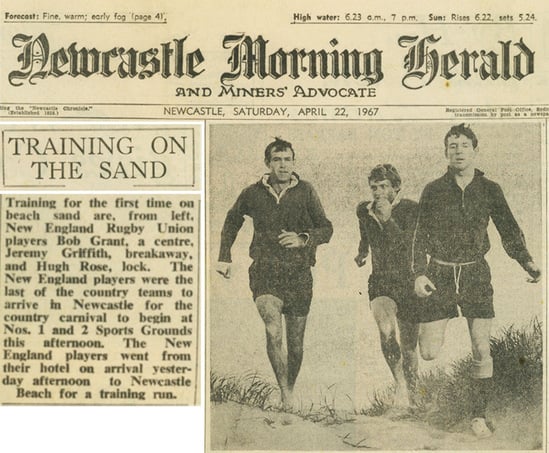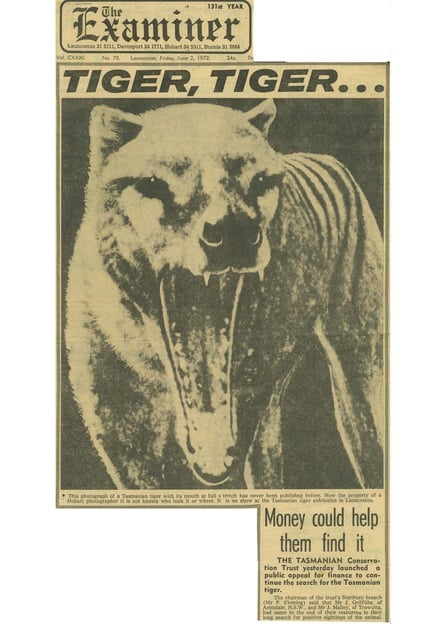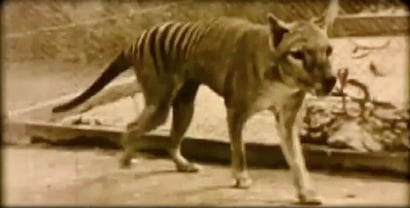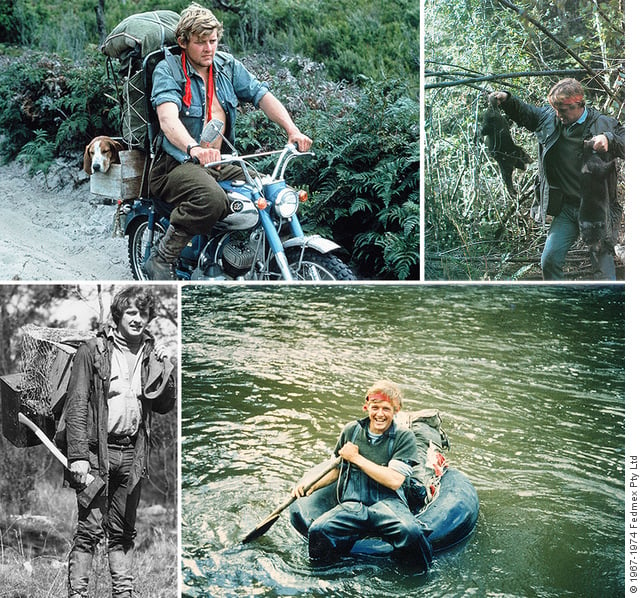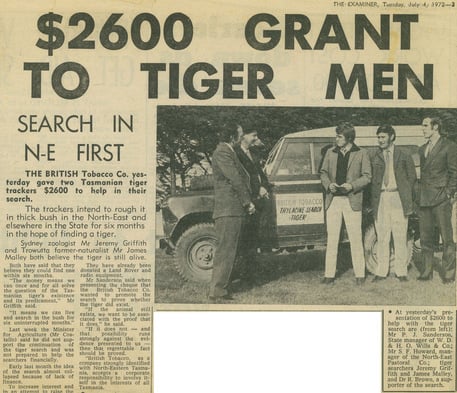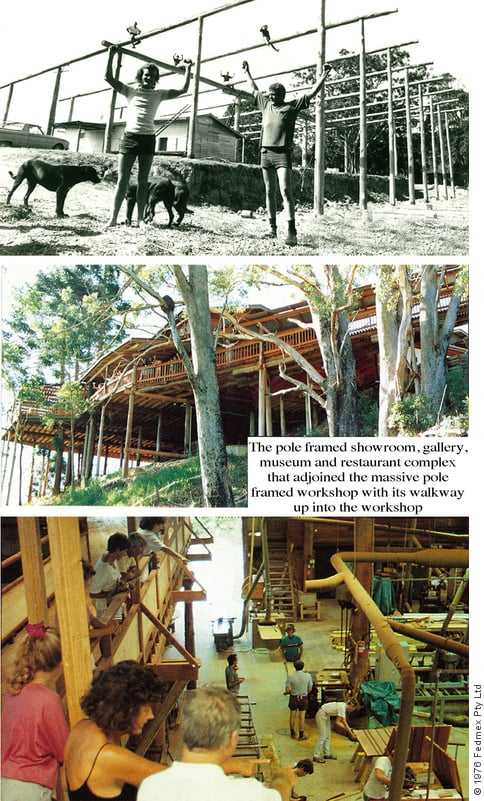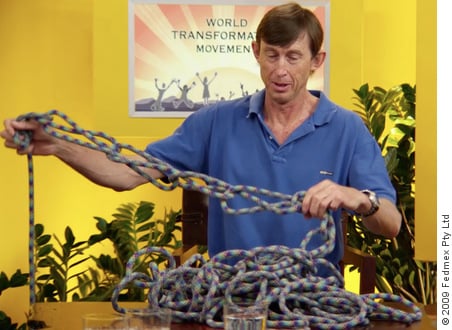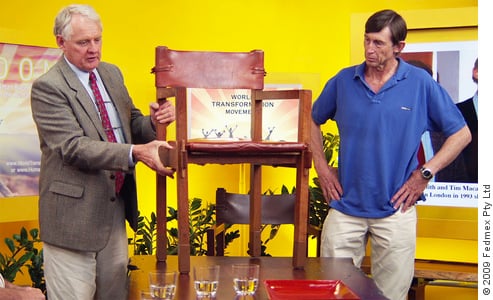Freedom Expanded: Book 1—The World Transformation Movement
Part 2:6 Brief history of the World Transformation Movement, by Tim Macartney-Snape
As I mentioned, Jeremy Griffith is an Australian biologist and the author of many books and publications about the human condition, the subject that has previously been described as the most hostile and forbidding realm of all for humans to venture into.
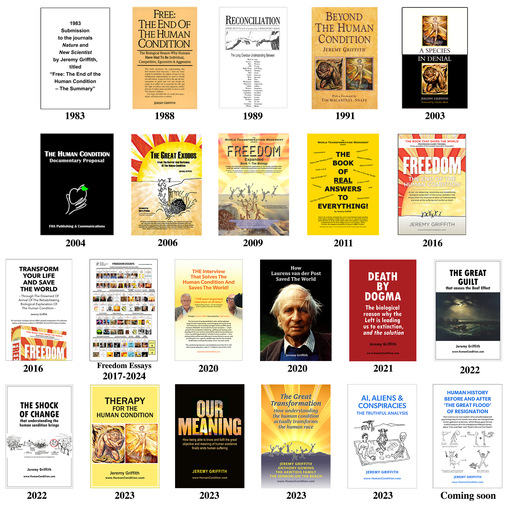
Published writings by Jeremy Griffith
(All these publications are freely available on the WTM website to be read or printed.)
Tim Macartney-Snape AM OAM, the first Australian to climb Mount Everest,
on 3 Oct. 1984, and is seen here holding our WTM flag on the summit in his
second successful assent of Everest in 1990. In this picture we have photo-
shopped in our new flag to replace our original ‘key-held-aloft’ WTM flag that
Tim actually held, which you can see in the bottom-left inset.
So while I’m known for climbing mountains—this photo from my 1990 Sea to Summit ascent of Everest is a self-portrait of me holding the banner of the Foundation for Humanity’s Adulthood (FHA) that gave rise to the WORLD TRANSFORMATION MOVEMENT—Jeremy is renowned for scaling far more difficult and, in truth, treacherous terrain, the mountains of the mind. In Part 5 of this presentation Jeremy will explain how he has managed to do so, however, in the interim I think it will help everyone to know something of Jeremy’s background and the initiatives he was predominantly involved in that led to the establishment of the WORLD TRANSFORMATION MOVEMENT.
Jeremy, his brother Simon and other members of the FHA/WTM, including myself, are all beneficiaries of the influence of the soul-rather-than-intellect-cultivating, Platonic, education system established by Australia’s greatest ever educator, Sir James Darling, at Geelong Grammar School in Victoria—the school that the future King of England, HRH The Prince of Wales, was sent to the other side of the world to attend for part of his education.
Jeremy was born on the 1st of December 1945 and raised on a sheep station in central New South Wales. He was a student at Geelong Grammar School some ten years before me, so we didn’t meet until 1987 when I became fascinated with Jeremy’s thinking about that greatest of all mysteries of the human condition.
Jeremy played a lot of rugby union football in his earlier days and in 1967, prior to completing his biology degree at Sydney University in 1971, he made the trials for the national side, the Wallabies (see <www.humancondition.com/jeremy-rugby>). This is a photo of three players from the New South Wales Country Week Rugby Carnival at Newcastle in 1967 who were chosen as having prospects for national selection. Jeremy is in the middle. On his right is Hugh Rose, who did go on to play for Australia and later became headmaster of Toowoomba Grammar School in Queensland. Bob Grant is on the left; he went on to become headmaster of Shore school in Sydney.
Over a six-year period in the late 1960s and early 1970s Jeremy undertook the most thorough search ever conducted for the now believed to be extinct Thylacine or Tasmanian Tiger, the extraordinary marsupial equivalent of the wolf. The tiger’s jaws were capable of this incredible gape.
This is some rare black and white footage of ‘Benjamin’, the last known tiger who died in Tasmania’s Hobart Zoo in 1936.
Setting off with nothing but his own enthusiasm, initiative and ingenuity—as these next photos illustrate—Jeremy tried to rediscover and save the tiger from extinction.
In time his efforts began to draw a lot of support, in particular from James Malley and Bob Brown, who appear on the right in this photograph. Bob of course went on to found and lead the Australian Green Party in Australian politics.
In 1972 Natural History, the official publication of the American Museum of Natural History, published a story written by Jeremy about his search for the Tasmanian Tiger—and in 1973 an episode in the highly regarded Australian television series A Big Country was shown about Jeremy’s tiger-seeking adventures in Tasmania. For a more detailed account of Jeremy’s remarkable search for the Tasmanian Tiger, go to <www.humancondition.com/tasmanian-tiger-search>.
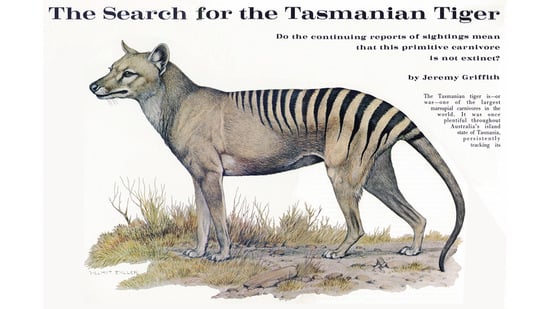
An article by Jeremy Griffith in Natural History,
the magazine of The American Museum of Natural History, Dec. 1972
In 1973, after reaching the sad conclusion that the tiger was indeed extinct, Jeremy began manufacturing furniture to his own natural designs. Not only was it Jeremy’s ideas about the human condition that first attracted me, it was also the simplicity and remarkable ingenuity of his furniture. In fact all the furniture in this theatre is from Jeremy’s Griffith Tablecraft furniture business.
When Jeremy sold his interest in the business in 1991 it had a staff of some 45 people and his extraordinary pole framed workshop and showroom complex was one of the major tourist attractions on the north coast of New South Wales. For a more detailed account of Jeremy’s successful furniture business, go to <www.humancondition.com/griffith-tablecraft>.
Jeremy began writing about the human condition in 1975 and he has steadfastly continued his practice of writing about the subject (which he does in the early hours of the morning) to the present (which at the time of recording this presentation is late 2009). This means there are some 35 years of intense work behind the ideas that Jeremy will be presenting today.
In 1983 Jeremy established the Centre for Humanity’s Adulthood for the study of the human condition. Jeremy had to establish his own institution because, as he will explain in his presentation, the strategy of conventional mechanistic, reductionist science has been to avoid, not confront, the issue of the human condition. In 1991 the Centre was incorporated as the Foundation for Humanity’s Adulthood (FHA), of which I am a founding Director and now a Patron. The FHA, now the WORLD TRANSFORMATION MOVEMENT (WTM), is a non-profit organisation with the aims, as set out in its memorandum of association, of ‘understanding the human condition’ and ‘ameliorating the human condition’.
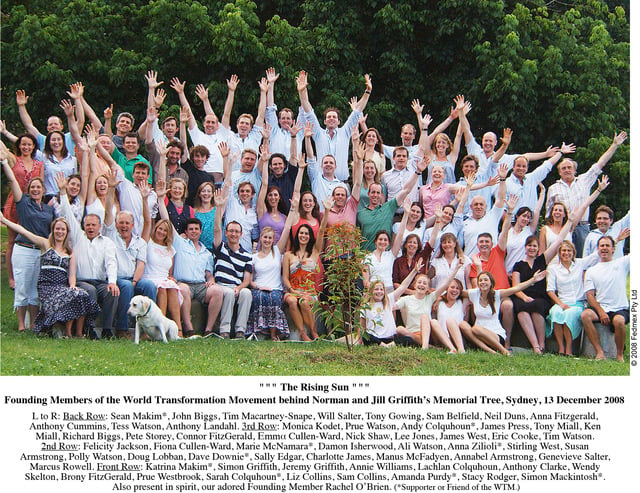
For profiles of the WORLD TRANSFORMATION MOVEMENT’S founding members,
visit <www.humancondition.com/memberprofiles>.
The WTM is based in Sydney where we have a long-standing foundation membership of some 50 individuals supporting the activities of the WTM on a full time basis.
Although it is the underlying issue in all human affairs, and the issue that had to be addressed for there to be a future for the human race, the issue of the human condition is an extremely difficult subject for humans to face. As Jeremy mentioned earlier in Part 2:3, it has been described as ‘the black box inside of humans that they can’t go near’! The problem at the end of the day is that it is the subject of ‘self’. Furthermore, not only is the human condition the most difficult of subjects for humans to think about and look at because it is the issue of ‘self’, it is also the area of enquiry where religion and science, faith and reason—the ideal values of life and our enquiry into those values and our species’ lack of compliance with them—finally overlap.
For these reasons the human condition is the most contentious of subjects with many people believing it is a subject that can never and should never be opened up. But despite the resistance our work has encountered because of its extremely confronting nature, it is, as I said, the all-important issue that had to be addressed and explained for there to be a future for the human race.
The South African philosopher Sir Laurens van der Post has been the greatest influence in Jeremy’s work. This is a photo of Sir Laurens with Jeremy and me when we visited him in London in 1993. Sir Laurens once said, ‘We really know nothing about the nature of man, and unless we hurry to get to know ourselves we are in dangerous trouble’ (Jung and the Story of Our Time, 1976, p.239 of 275). What you are about to hear is precisely this all-important missing knowledge about the nature of us humans.
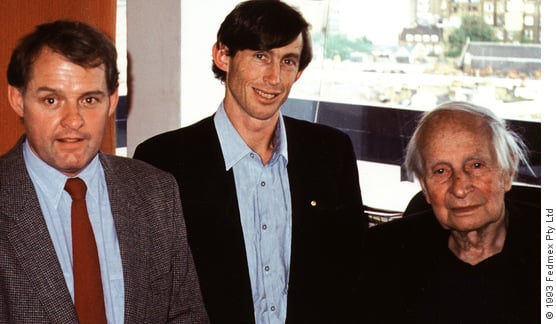
Jeremy Griffith and Tim Macartney-Snape with Sir Laurens van der Post
in London in 1993, a few years before Sir Laurens’ death in 1996
The purpose of the Foundation for Humanity’s Adulthood was to lay the foundation for a human-condition-reconciled new world for the human race—basically to endure the inevitable initial onslaught of resistance to having this most contentious of all subjects of the human condition opened up. With that stage now completed after some extremely harrowing experiences, it becomes appropriate to take understanding of the human condition to the next stage of actually ameliorating or healing that condition. For this next stage, the FHA has this year, 2009 (at the time of filming), become the WORLD TRANSFORMATION MOVEMENT.
As Jeremy will explain, the human condition—this issue of ‘good and evil’ in our human make-up—has long seemed inexplicable: how can we possibly make sense of the bewildering confusion of paradoxes in our human make-up or condition, especially the question of ‘good and evil’? But it is the answer to this supposedly inexplicable dilemma that is going to be presented.
I would like to close my introduction with this simple analogy, which serves as an accurate metaphor for untangling the human condition. This is one of my climbing ropes, which has been coiled in a way that makes it easy to undo, but, nevertheless, when it is lying in a heap like this it looks like a mess that you could never hope to untangle. In fact once you find the unlocking start point, which I have here, it all easily unravels as if by magic. So the inference is, that by finding the unlocking point of the seemingly impenetrable human situation it too will easily unravel.
You are going to be absolutely amazed by what you are about to hear, by the power of the idea to make sense of our human situation. It is truly the ultimate information arriving to you via the ultimate communication technology of the internet, and at the ultimate time for humanity—no one can disagree with the fact that it’s desperately needed.
What you are about to hear is going to change the world.
______________________
I will now hand you back over to Jeremy to explain his biological understandings of the human condition that, as the subtext to our movement’s name states, ‘ends our species’ underlying psychosis and transforms the human race’.
Jeremy, before you start I think it would be a good idea to show people something of the simplicity, originality and freshness of your furniture designs. It will give people an insight into the simplicity and cleanliness of the way you think.
Jeremy Griffith: This is a carver chair because it has armrests. Like all my designs, this chair is designed as simply as possible. After seasoning the slabbed logs in a solar kiln that we built, we took the biggest and best slabs to make the tables and we progressively sliced the other slabs up into multiples of the thickness of the basic slab. So that’s a single thickness on the legs, that’s a double thickness on the sides, there’s triple thickness in the sides of lounges and so forth—so all the parts are multiples of this one thickness—so it’s very simple. There are no curves, carving, molding or turning, there’s no glue, or nails or screws—it’s all dry jointed and simply put together with pegs. So this leather backrest just slides off and it all comes apart. The seat cushion slides off it like that. These are slats tied on to the frame that the seat slides over. The frame is held together by what is called a Spanish windlass, which is a twitched rope, which is very powerful. Then it all packs up into these squares.
So that’s a carver chair. Over here is a side chair, which is even simpler. A chair is the hardest part in a range of furniture to design but we made sideboards, book cases—there’s a small one there—tables; we made the full range of furniture all based on this simple idea of dry joints and straight, clean pieces of wood.
I might just say that trying to save a threatened—well, tragically now extinct—species and trying to build a range of furniture that is simple and free of escapist, materialistic ornamentation and embellishment was all very well, but I came to realise there was a much, much deeper and far more serious issue and problem to address in the world, and that is: why are we humans so destructive and needing such escapist, materialistic embellishment in our lives? So these are the very profound and serious questions that we are going to be dealing with next.



